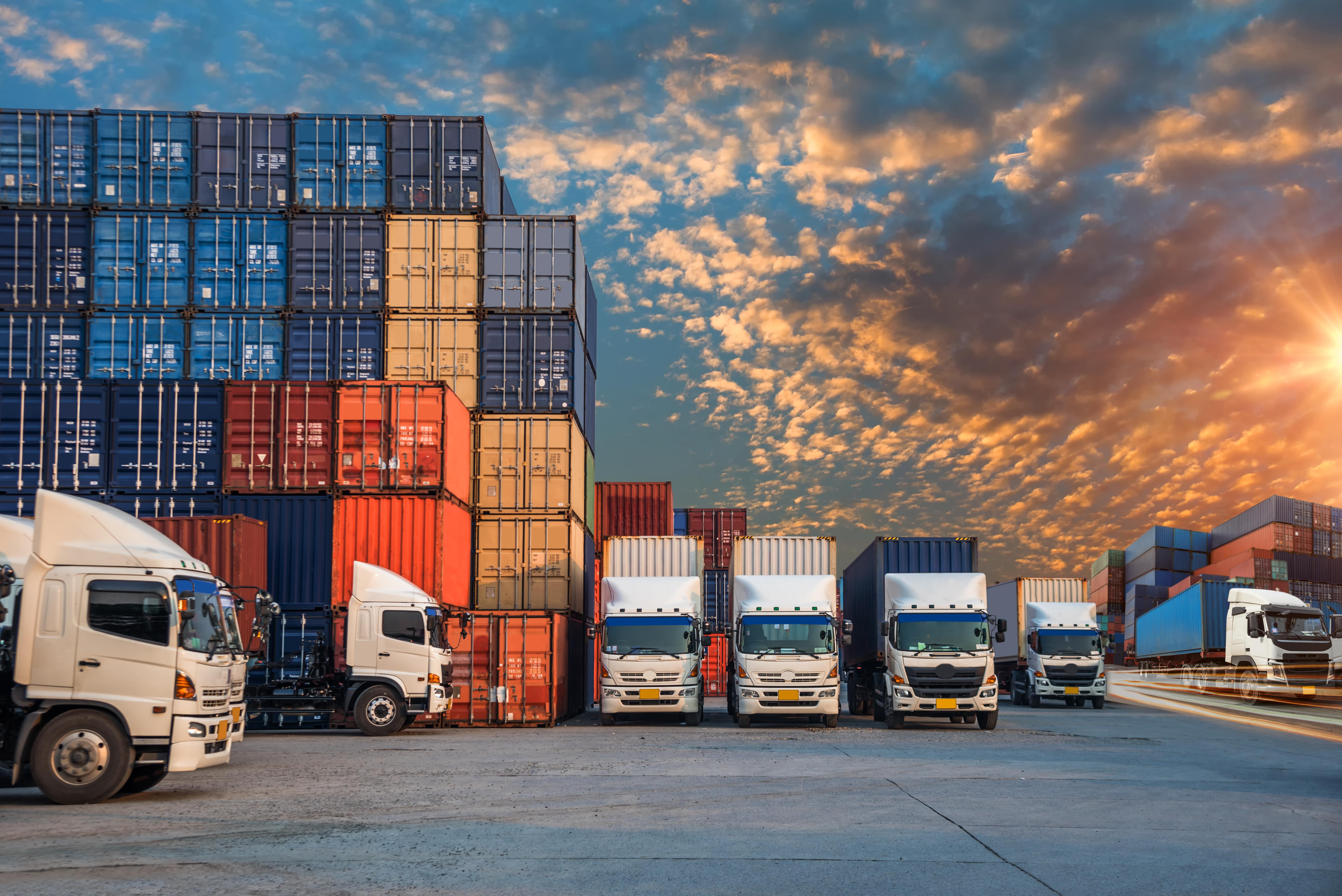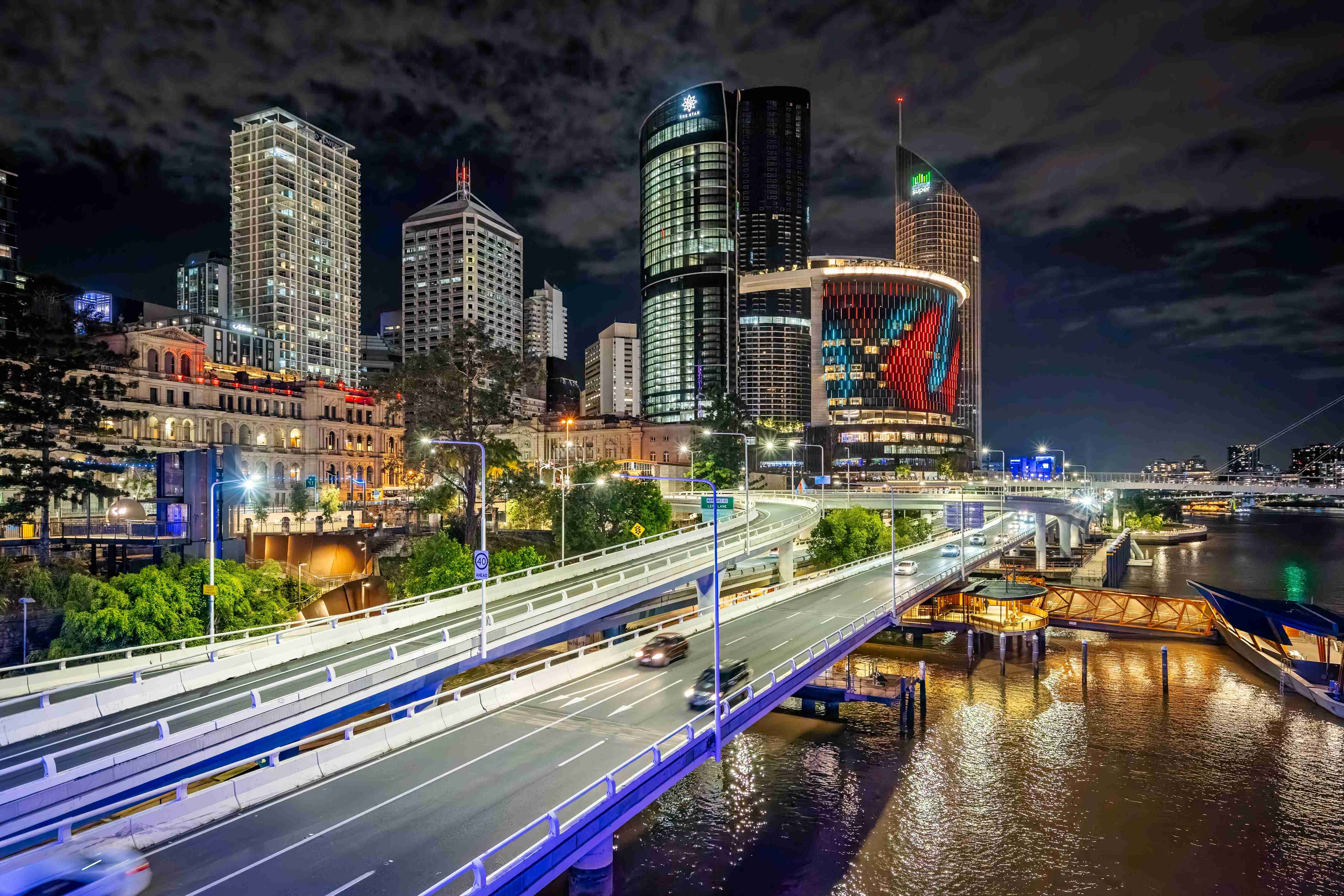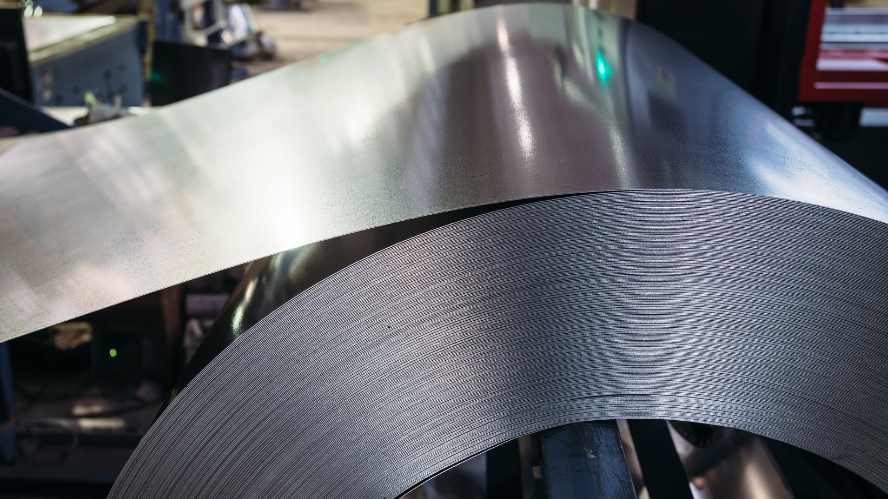What our clients say
"ENEOS is proud to have its first solar farm in Queensland, jointly owned with Sojitz.
ENEOS choose Queensland for its vast land resources, abundant clean, renewable energy sources and well-advanced infrastructure assets such as rail, ports and power grid.
ENEOS is very proud to continue working closely with the Queensland Government and our business partners in the coming years."
Masahiro Echigoya, Executive Regional Officer and Managing Director of ENEOS Australia







-and-Ellis-(right).jpeg?width=1600&height=1066&ext=.jpeg)

.png?width=888&height=499&ext=.png)
.jpg?width=576&height=324&ext=.jpg)